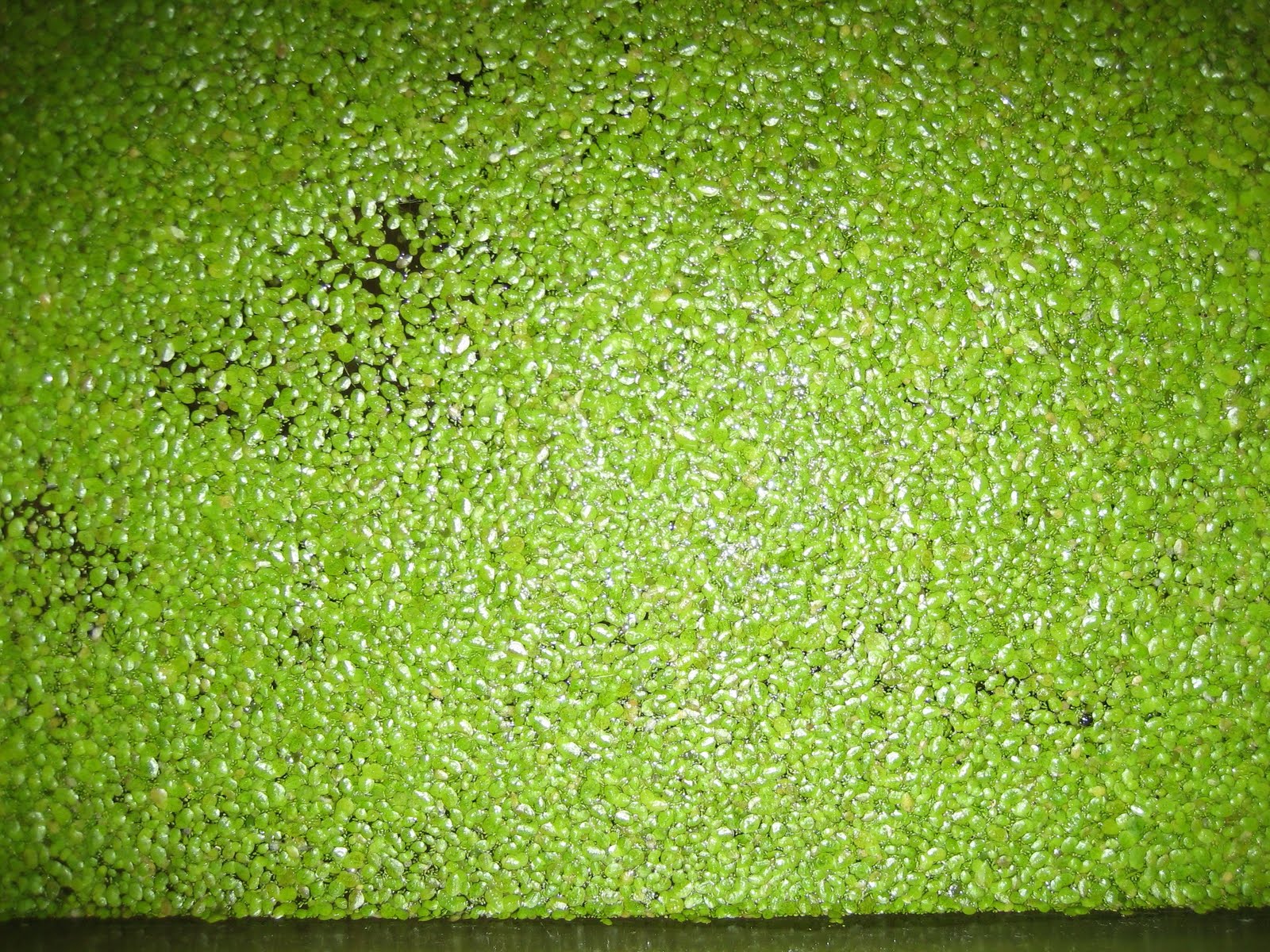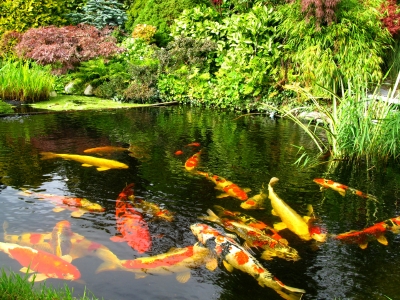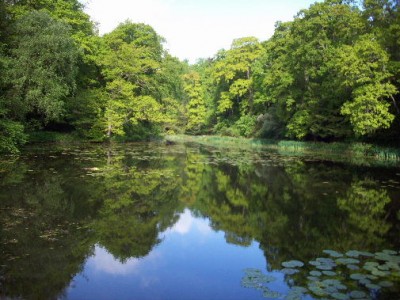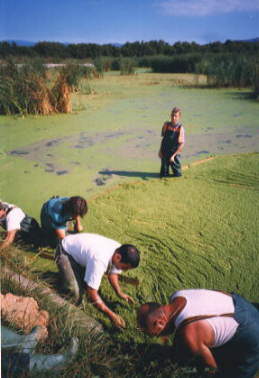How to Get Rid Of Duckweed

Having Duckweed in ponds or old swimming pools is a common problem which strike almost every pond owner. It is an aquatic plant which is steam less in nature and is also known as Lemnaceae. The plant grows in stationary water and forms a carpet which is made by a group of these plants. Duckweed can be found anywhere but its presence is limited in colder countries as it thrives in humid conditions. Duckweeds are easily eaten by ducks and then transferred to other living bodies as well. There invasion rate is very high in quiet ponds, which in result, blocks the oxygen passage for fishes and other creatures that live in the water. Therfore it is necessary to get rid of them as soon as possible. You can use the following measures to kill the duckweeds on your own.
Instructions
-
1
You can add some koi into your pond which eats duckweeds. Having a koi in your pond means you are controlling the growth rate of the duckweeds, but they cannot help you with a pond which is already covered fully with duckweeds.

-
2
There are many types of chemicals available in the market to get rid of the duckweeds. You can make use of diquat, fluoridone and herbicides to kill the duckweeds effectively.

-
3
Cut the Trees present on the banks of your pond
Having too many trees across your pond means a blockage of air, which in turn boosts the production of duckweeds. Cut the trees from the pond banks to allow more air towards the pond which will blow the duckweeds towards the shore where they will dry and die.

-
4
You can also make use of bubble aerator in your pond which create oxygen fumes and reduces the supply of phosphorous and nitrogen, in turn, killing the duckweeds very quickly.

-
5
Removing the Duckweeds manually
You can get rid of the duckweeds by making use of skimmers or other types of nets to grab them and throw them out of your pond. This technique is simple and easy to follow but it cannot be used if you have a very big pond.








